An Giang sets five-year record in regional GDP growth
The year 2019 is about to end, so would you provide some insights into the province’s economic development over the last 12 months?
 |
| Nguyen Thanh Binh, Chairman of An Giang People’s Committee |
An Giang has posted significant achievements across the board, reaching all 13 development criteria assigned by the provincial People’s Council and even surpassing set levels.
Along with this, the local economy continues to be stable. The regional GDP (RGDP) has grown by 7.02 per cent compared to 2018, hitting a five-year record. The province raked in an estimated budget revenue of VND6.7 trillion ($291.3 million), equal to 110 per cent of the projection and up 11.8 per cent compared to 2018. Total investment in the province reached VND31.9 trillion ($1.38 billion), up VND1.7 trillion ($74.2 million) against 2018. Export value is about $890 million, up 5.95 per cent on-year.
The provincial economic structure has been transforming in a positive direction. Local investment and business climate has improved constantly, and so did the quality and operational efficiency of the private sector.
Rural infrastructure has been improved and increasingly modernised, closely attached to the positive outcomes from the implementation of the National Target Programme on New Rural Development.
How have the province’s two spearheads, agriculture and tourism, fared in 2019?
Of the province’s RGDP growth this year, the agro-forestry-fishery sector jumped 2.65 per cent on-year, contributing 0.8 basic percentage points to the RGDP.
In 2019, An Giang’s total rice output amounted to nearly 3.92 million tonnes, of which glutinous rice and other quality rice reached 1.05 million tonnes, up 73,700 tonnes compared to 2018.
Seafood output touched 532,600 tonnes, up 9.41 per cent on-year, of which tra fish output amounted to 412,000 tonnes, an excess of 13.5 tonnes on-year. In the face of stringent requirements in export markets, the tra fish sector has constantly improved in output quality, and simultaneously strengthened the value chain between farmers and businesses, leading to rising output.
As for tourism, the number of visitors to An Giang is expected to increase by 8.24 per cent compared to 2018. Major tourist attractions such as Sam Mountain, Cam Mountain, Tra Su, and Cu Lao Gieng have attracted attention. The tourism infrastructure has been developing in both number and quality, with a jump in the number of high-quality accommodations available.
What about business development in the province this year?
An Giang has taken a raft of measures to improve the local investment environment and sharpen the provincial competitiveness. As a result, the technical infrastructure, particularly transport infrastructure, has been steadily increasing. The completion of Vam Cong Bridge has enabled the province to boost trade and service exchanges with localities inside and outside the region, as well as further attract investors.
So far this year, 76 new investment projects have registered to invest in the province (two from overseas investors) with total committed capital of VND17.6 trillion ($766 million). During the period, 664 businesses were registered for set up in the province valued at VND4.52 trillion ($196 million) in total investment capital. Until now, the province is home to just over 10,000 businesses with total value of VND60 trillion ($2.6 billion).
In addition, the implementation of 10 investment projects that have signed MoUs during 2018’s An Giang Investment Promotion Conference has progressed positively.
Would you briefly describe An Giang’s socio-economic targets for 2020?
As for its socio-economic development next year, the province will continue to strongly focus on sustainable economic development in pursuit of green growth. Moreover, An Giang aims to create a pro-business environment and facilitate innovative start-ups, take avail of local comparative advantages, and accelerate administrative reforms, as well as take measures to reduce costs and waste.
It is also important to further improve the material and spiritual lives of people, effectively implementing policies on poverty reduction and occupational training while ensuring social order and security.
How will the province support investors in the upcoming year?
An Giang will scale up measures to further improve the business environment, push up administrative reforms, focus on building infrastructure, and flexibly apply incentive policies to support investors.
They will receive the province’s utmost support in capital assessment, space clearance, human resources, and market access, to be able to commence investment projects in the province.
What the stars mean:
★ Poor ★ ★ Promising ★★★ Good ★★★★ Very good ★★★★★ Exceptional
Related Contents
Latest News
More News
- Mitsubishi Estate launches Logicross Hai Phong - a milestone in logistics evolution (November 20, 2024 | 14:32)
- Semiconductor workforce partnerships deliver industry-relevant training (November 20, 2024 | 10:58)
- German Quickpack to invest $31.7 million in Long An province (November 20, 2024 | 09:31)
- Foreign-invested enterprises drive logistics investment in the southeast region (November 20, 2024 | 09:27)
- Chile visit underscores trade benefits (November 19, 2024 | 10:00)
- Trump’s second term impacts sci-tech activities and industry 4.0 technologies (November 18, 2024 | 10:00)
- Vietnam eyes nuclear revival to bolster energy security (November 14, 2024 | 16:46)
- Kyokuyo completes $13.5 million seafood factory in Vietnam (November 14, 2024 | 12:19)
- VinFast receives $3.5 billion funding from Vingroup and Pham Nhat Vuong (November 14, 2024 | 06:38)
- Localities sprint to reach FDI targets (November 13, 2024 | 10:00)


 Tag:
Tag: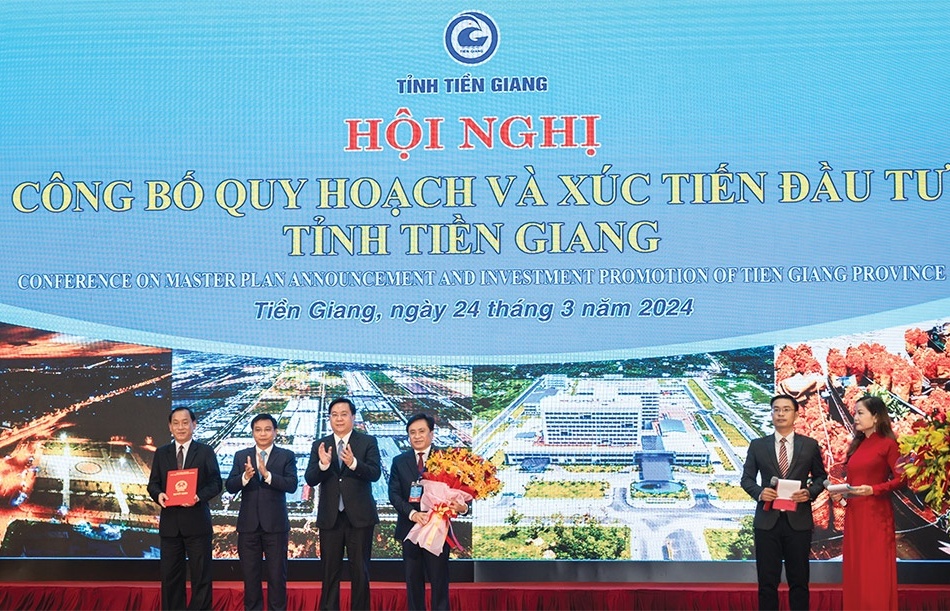
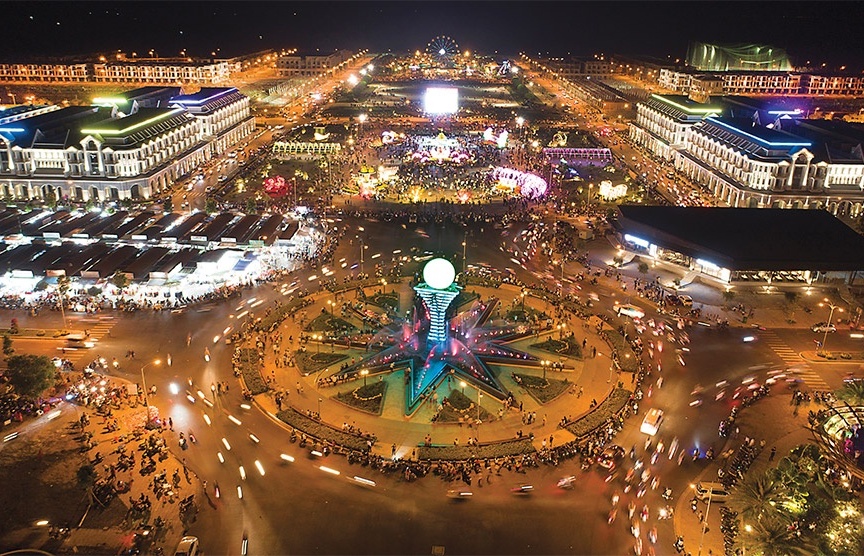

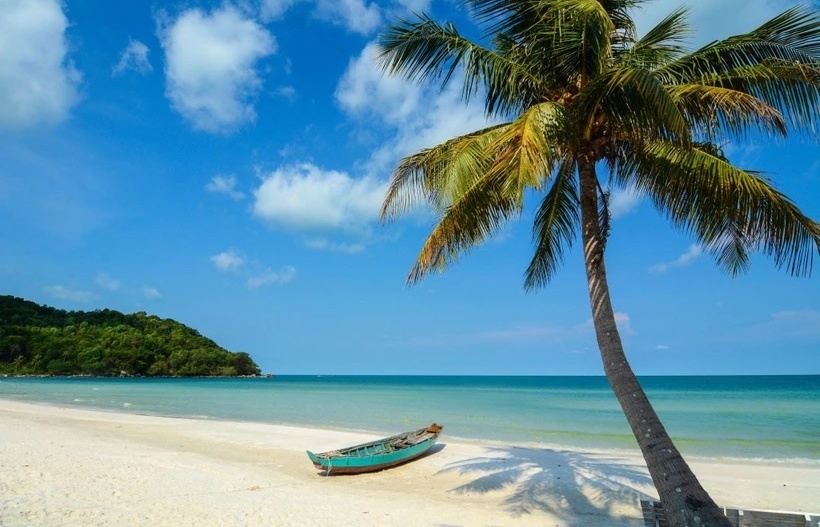
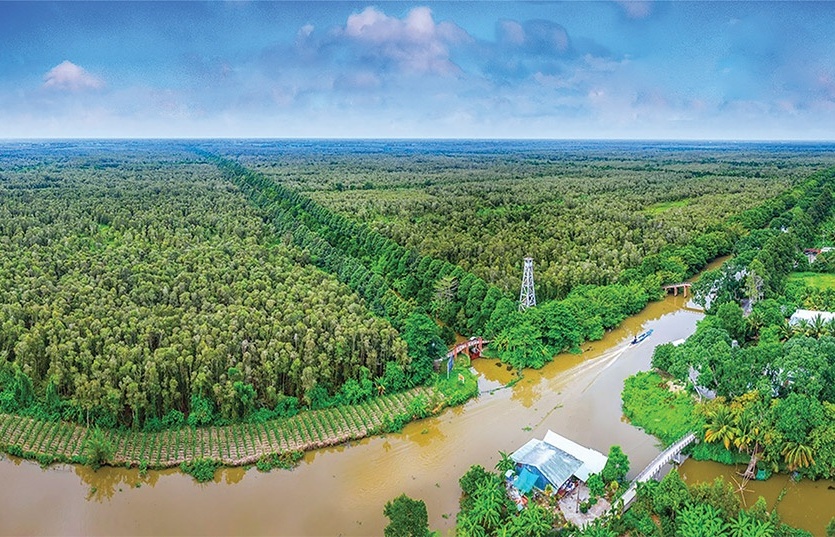
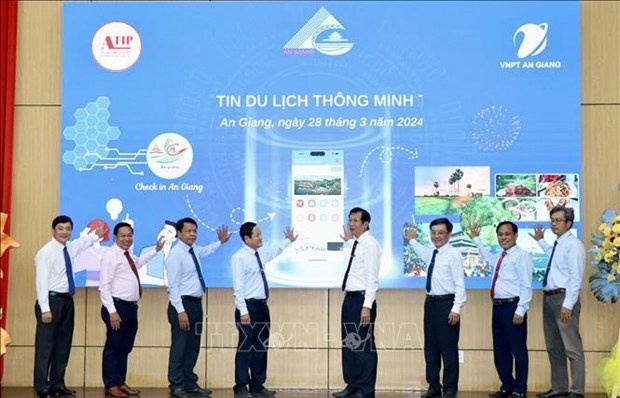













 Mobile Version
Mobile Version